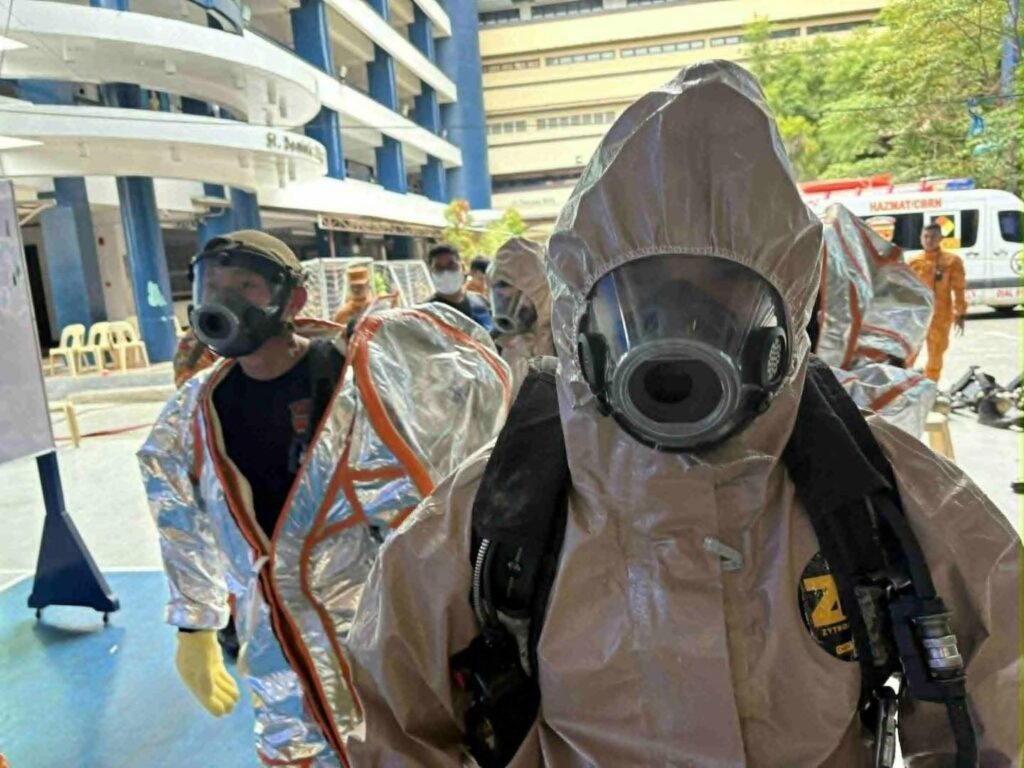Davao Oriental Earthquake: Today’s Tremor and Its Impact on Mindanao
A strong earthquake struck Davao Oriental, a province located on the southeastern coast of Mindanao, Philippines, sending tremors across nearby cities and municipalities. The quake, which occurred today, once again highlights the country’s vulnerability to seismic activity as it lies within the Pacific Ring of Fire—a region known for frequent earthquakes and volcanic eruptions.
Details of the Earthquake
According to local monitoring agencies, the earthquake was recorded earlier today with a preliminary magnitude measured by seismographs in Mindanao. The tremor was felt in various towns of Davao Oriental, including Mati City, Baganga, Cateel, and neighboring provinces such as Davao de Oro and Compostela Valley.
Residents reported shaking that lasted for several seconds, prompting many to evacuate their homes and workplaces temporarily. As of the latest reports, authorities have not confirmed any major damage, but assessments are ongoing.
Geographical Context: Why Davao Oriental Is Prone to Earthquakes
Davao Oriental sits along the Philippine Trench, one of the most active subduction zones in the world. This deep-sea trench is formed by the movement of the Philippine Sea Plate beneath the Eurasian Plate, generating immense tectonic stress that often results in earthquakes.
The province has experienced multiple moderate to strong earthquakes over the years, with some triggering minor tsunamis along the eastern coastline. Its coastal municipalities face additional risks due to proximity to offshore fault lines.
Local Government Response
Immediately after the quake, local government units (LGUs) in Davao Oriental activated their Disaster Risk Reduction and Management Offices (DRRMOs) to conduct rapid assessments of infrastructure, schools, hospitals, and residential areas.
Governor and city mayors have instructed responders to inspect bridges, public buildings, and other critical facilities to ensure structural integrity. Public advisories were issued urging residents to remain alert for aftershocks and to follow official guidance from PHIVOLCS (Philippine Institute of Volcanology and Seismology).
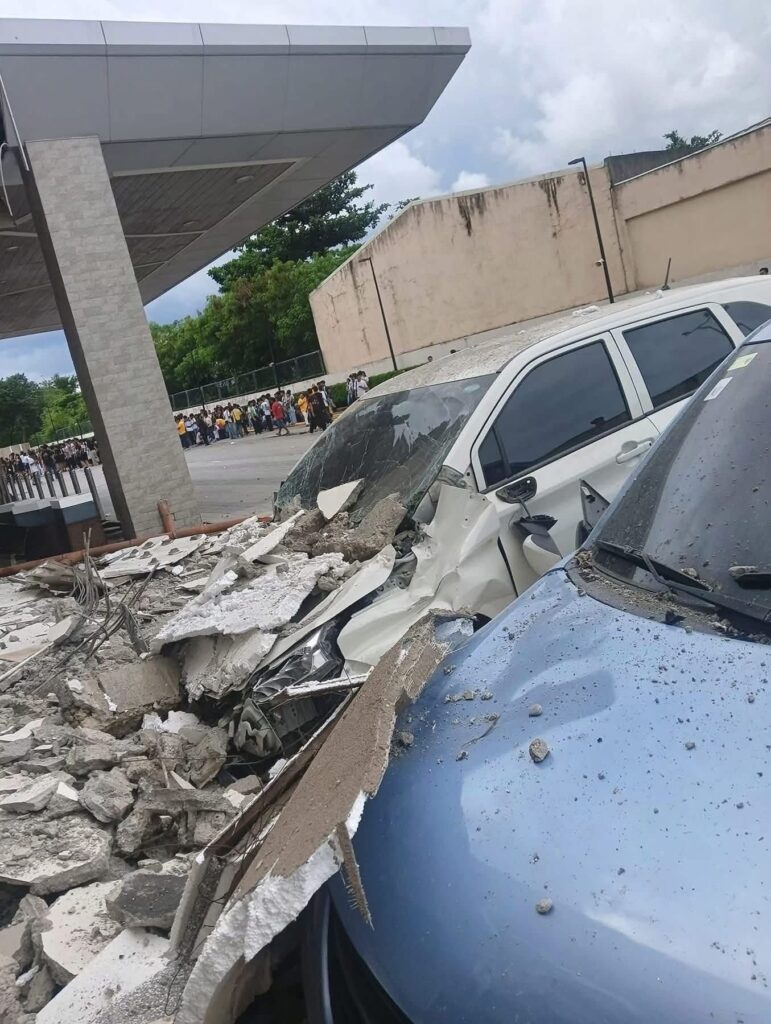
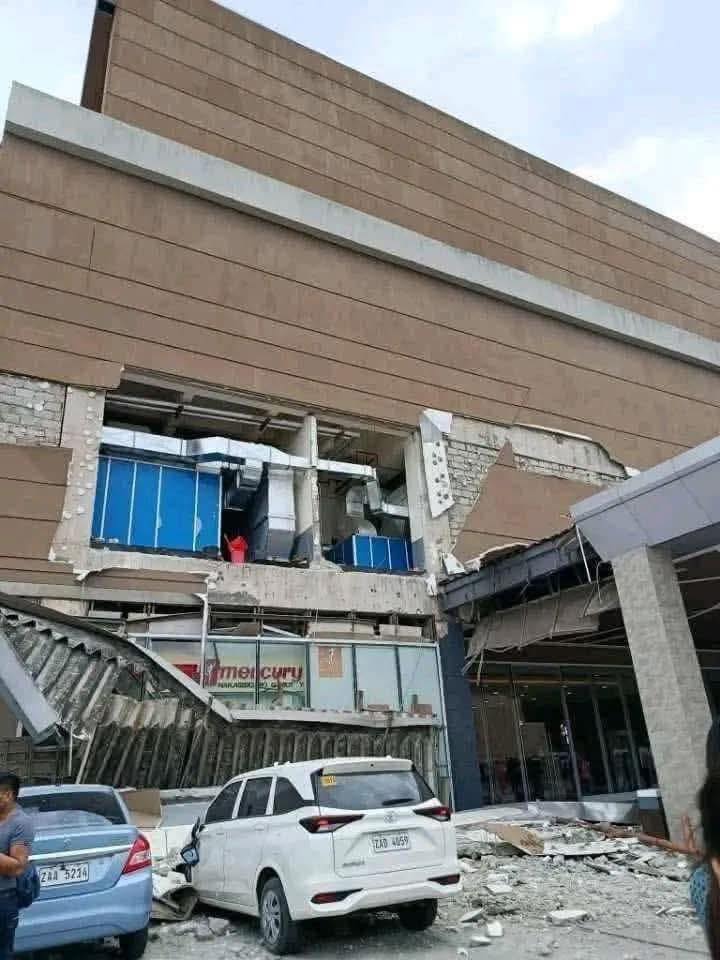
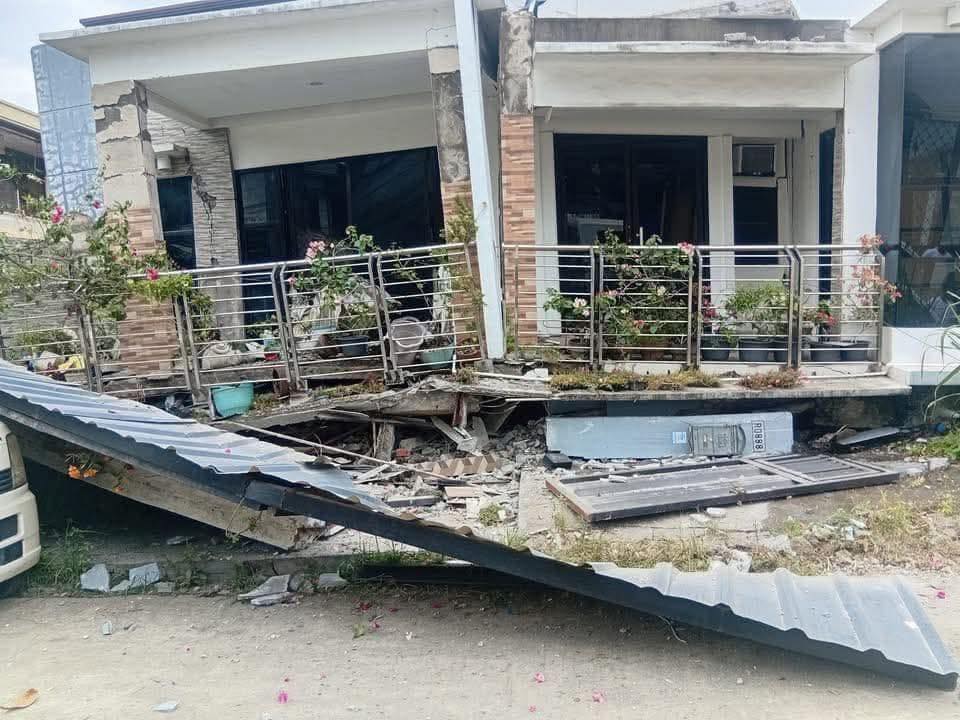
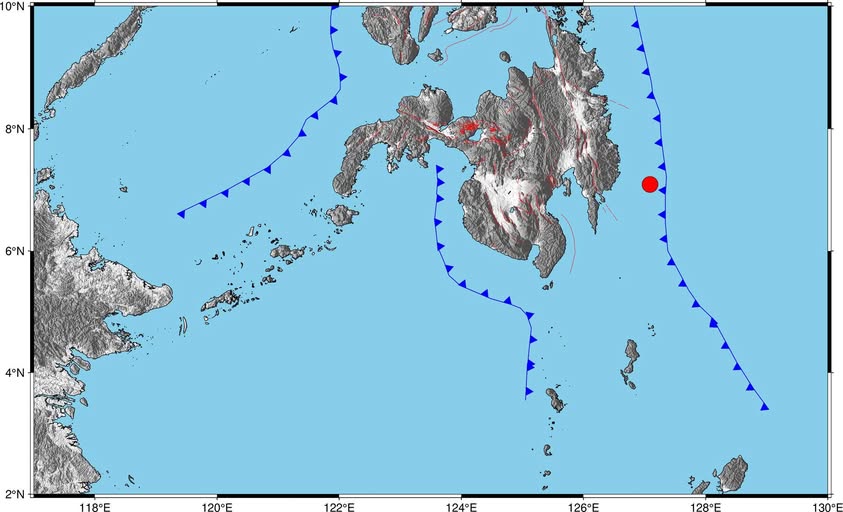
Public Reaction and Community Preparedness
Residents described today’s earthquake as “sudden and intense,” with many immediately seeking open spaces or evacuation points. Power interruptions were reported in some barangays, but most services were restored within hours.
Local social media pages became flooded with firsthand accounts, photos, and videos of swaying light fixtures and cracked walls. Despite the initial panic, community preparedness programs in Davao Oriental—strengthened over the years—helped prevent widespread chaos.
Schools that had recently conducted earthquake drills responded efficiently, leading students and teachers to safety in designated evacuation zones.
Possible Aftershocks and PHIVOLCS Advisory
PHIVOLCS has issued a reminder that aftershocks are expected following a quake of this magnitude. Residents are urged to stay calm and prepared. Authorities emphasized the importance of avoiding panic and sharing only verified information from official channels.
As of the latest monitoring, there are no tsunami warnings issued for Davao Oriental or nearby coastal areas. However, the agency continues to observe ocean activity for any signs of disturbance.
Past Earthquakes in Davao Oriental
Davao Oriental has a long history of seismic events due to its position along multiple fault systems. Significant earthquakes have been recorded in:
2013: A magnitude 6.8 quake near Mati City that caused moderate structural damage.
2017: Several mid-range earthquakes shook the province, leading to temporary evacuations.
2021–2023: A series of magnitude 5+ tremors occurred off the coast, felt in neighboring provinces.
These recurring events highlight the importance of earthquake readiness among residents and local authorities.
The Role of PHIVOLCS and PAGASA
The Philippine Institute of Volcanology and Seismology (PHIVOLCS) continuously monitors seismic activity across the country. Their network of sensors helps detect earthquakes in real time, providing alerts and data for disaster mitigation.
In collaboration with PAGASA and local DRRMO offices, PHIVOLCS ensures timely dissemination of warnings, educational materials, and technical support to local governments and schools.
Infrastructure and Economic Impact
While early reports show minimal damage, engineers are currently inspecting critical infrastructures like bridges, government offices, and coastal roads. Even small cracks can weaken concrete over time, so immediate repair and reinforcement are crucial.
The province’s economy, heavily reliant on agriculture, fishing, and eco-tourism, may experience temporary disruptions due to precautionary closures. Some businesses in Mati City and nearby areas suspended operations while waiting for clearance from authorities.
Power distributors and telecommunications providers are also conducting checks to ensure service stability. Fortunately, no widespread outages have been confirmed.
Humanitarian and Relief Measures
Emergency response teams are on standby to assist families who may need temporary shelter. Medical teams have been deployed to local health centers to address minor injuries or trauma-related cases.
Local volunteers, barangay officials, and civic organizations are working together to provide relief goods and emotional support to residents affected by fear or displacement.
The Philippine Red Cross has also issued advisories reminding communities to keep emergency kits ready, including water, food, flashlights, and first-aid supplies.
Importance of Earthquake Preparedness
This event serves as a reminder of the importance of disaster readiness in the Philippines. Every household should have a go-bag, emergency plan, and designated meeting point.
Key tips for residents include:
Stay away from windows, glass, and heavy furniture during a quake.
Move to open spaces after the shaking stops.
Avoid coastal areas immediately after strong offshore earthquakes.
Always follow official updates and advisories from PHIVOLCS and local authorities.
Earthquake drills in schools and offices play a major role in saving lives. Regular training ensures everyone knows how to react quickly and safely.
Scientific Understanding: How Earthquakes Occur
Earthquakes occur when stress builds up along fault lines and is suddenly released as seismic energy. This movement generates vibrations that travel through the ground—known as seismic waves—causing the shaking felt on the surface.
In the Philippines, this phenomenon is primarily due to the collision of the Philippine Sea Plate and the Eurasian Plate, creating multiple fault systems across Luzon, Visayas, and Mindanao.
Earthquake Magnitude vs. Intensity
The magnitude of an earthquake measures the total energy released, while intensity describes how strong the shaking feels at a particular location. Thus, even a low-magnitude earthquake can cause high intensity in certain areas depending on soil type, building structure, and depth of the quake.
Davao Oriental’s recent earthquake had a moderate-to-strong intensity, meaning residents felt noticeable shaking but without catastrophic impact.
Government Efforts Toward Resilience
In recent years, the Philippine government has strengthened disaster resilience through the National Disaster Risk Reduction and Management Council (NDRRMC). Local governments have improved early warning systems, communication protocols, and response coordination.
Programs like Project DINA (Disaster Information for Nationwide Awareness) and community-based drills have raised awareness and reduced casualties during emergencies.
Educational Institutions’ Role
Schools in Davao Oriental continue to serve as focal points for earthquake awareness. Many institutions now integrate disaster education into their curriculum, teaching students the science behind earthquakes and the steps to stay safe.
Public and private schools alike maintain designated evacuation areas, conduct quarterly drills, and store emergency supplies to ensure preparedness.
Voices from the Ground
Residents from Mati City and nearby municipalities shared their experiences:
“The shaking was strong enough to wake us up. We immediately went outside and stayed on the road,” said a local resident.
“It reminded us of past earthquakes, but thankfully it didn’t cause serious damage,” added another.
Despite the fear, people commended the quick response from local authorities and the calm cooperation among neighbors.
Rebuilding Trust and Safety
While today’s earthquake caused minimal damage, it served as a wake-up call for continued vigilance. Communities are now more aware of the importance of regular inspections and the need for earthquake-resistant building designs.
Architects and engineers emphasize the use of reinforced concrete, flexible joints, and proper foundations—especially for coastal and hillside structures.
The Role of Technology in Monitoring
Modern technology plays a vital role in reducing earthquake risks. The integration of real-time sensors, mobile alerts, and AI-powered prediction models allows faster detection and better public awareness.
Local universities and tech startups in Mindanao have begun collaborating with PHIVOLCS to develop localized alert systems that can send warnings to residents’ phones seconds before tremors arrive.
Recovery and Future Outlook
As inspections continue, the focus will shift toward recovery and resilience. Infrastructure audits, emergency drills, and community education will remain top priorities for local and regional governments.
Experts predict that Mindanao will continue to experience periodic earthquakes due to active fault systems—but preparedness will be the key to minimizing losses.
Final Thoughts
The earthquake in Davao Oriental today reminds Filipinos that seismic events are a part of life in the archipelago. But with proper awareness, education, and cooperation, communities can remain safe and resilient.
Preparedness, not fear, is the best defense against natural disasters.

